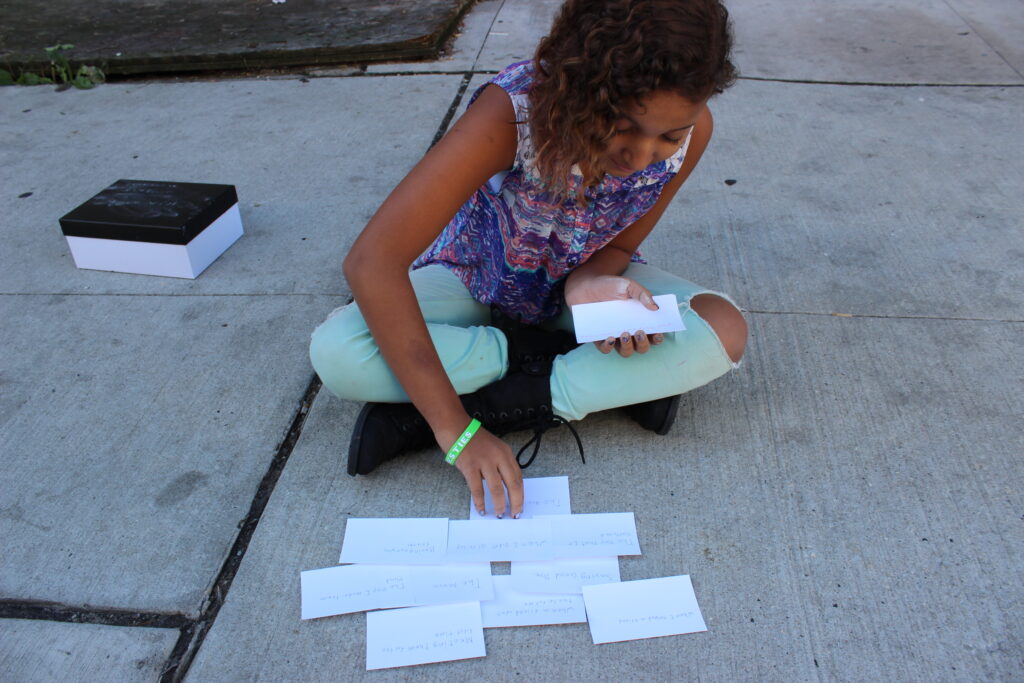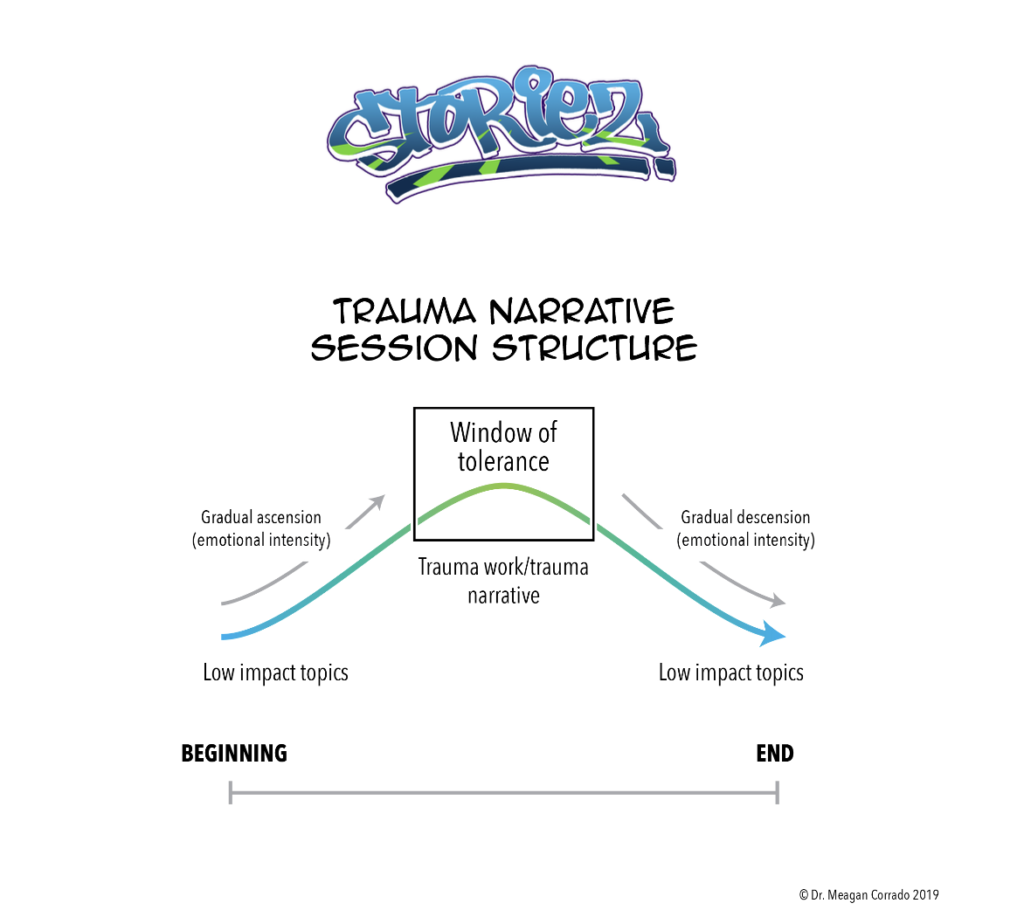Flashbacks. Nightmares. Distractibility. Mood changes. Hyperarousal. Developmental arrest. We are taught about the signs and symptoms of traumatic wounding through books and articles, trainings and conferences, symposiums and panels. We have learned how to adeptly detect our clients’ injuries—the moral, psychological, physical, and emotional wounds that have left them forever changed. We feel the magnetic pull of their pain points. We know which dark corners of their life stories are covered in dust and cobwebs, untouched and unexplored. We know which closets hold the skeletons. We know which doors lead to terror. We know which roads end in loneliness and fear. We know about the potholes that pull our clients into pits of self-doubt and worthlessness. We know about the vortex that sucks them into an endless loop of memories and reenactments.

But do we teach our clients how to break free from the vortex? Do we help them find solid footing after the potholes have pulled them down? Do we help them shut the forbidden doors? Do we help them carry the skeletons back to the closet?
Many of us have received extensive training in identifying, opening, and exploring trauma with our clients, but when it comes to helping them manage and contain their experiences, our training is inadequate. We unearth our clients’ pain during sessions and once our clients’ psyches are open, raw, and vulnerable, we send them back into the world. This can inadvertently create more harm. More pain. More distress.
Can you imagine going in for a surgery where the doctor slices through your body, mends what is broken, and doesn’t stitch you back up? Can you imagine going to a car repair shop where they take your car apart, replace the defective parts, and don’t put your car back together? In these situations, it would be unacceptable for the professional to open up something that they did not close. Why then do we think that it is acceptable for us as trauma treatment providers to open up our clients’ trauma memories without also helping them to contain those memories before the session is complete?
As helping professionals working with traumatized populations, we must remember this:
Responsible therapeutic practice not only involves opening up trauma wounds; we must also help clients close the wounds and contain the pain so that they can successfully reintegrate back into their environments.
Although often overlooked, containment strategies are an essential component of responsible, trauma-informed practice with clients. Containment strategies help our clients demonstrate a sense of power and control over their traumatic experiences so that they can function in their homes, schools, and communities. How can you support clients in containing trauma memories so that they can successfully reintegrate back into their environments after sessions? These three ideas can support you in helping clients contain trauma memories:

- Use a story box as a tool during your trauma narrative work. Your client can store their narrative artifacts in the box. When they are ready to work on their narrative, they open the box. When your client shows signs of distress and you recognize that you are working outside of your client’s window of tolerance, have them put the narrative/narrative artifacts back into the box.
- Pay attention to the pacing of your sessions. If you notice that your client is opening up about up a trauma and you know that you will not have time to fully process it, check in with them. Talk to them about the amount of time remaining in the session. Tell them about your intention to help them close the trauma memories before the session is complete. Collaboratively strategize how you can navigate the remainder of the session so that they don’t leave your office emotionally raw and vulnerable.
- Make time at the end of sessions to help your client descend back down the hill of emotional intensity. Work with them to identify an activity that helps them de-escalate or decompress. This can be something as simple as listening to a song, watching a Youtube clip, or engaging in a stress reduction activity. Watch for verbal and non-verbal indicators that your client’s stress level is declining. Make it a habit to introduce one of these activities at the end of each session.

